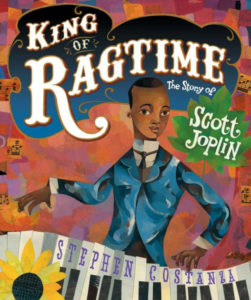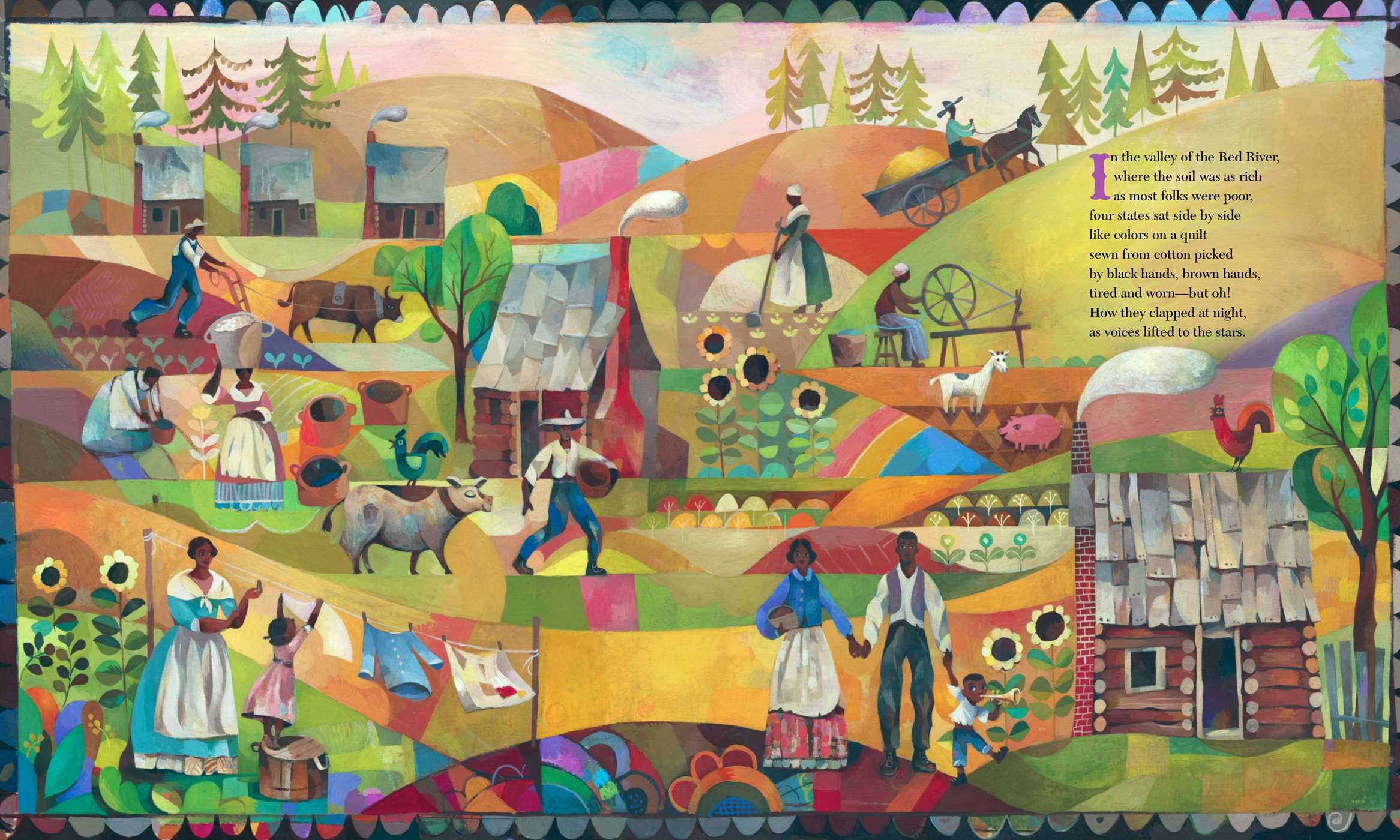2 November 2021
40 pages
This month’s PB review is by Ryan G. Van Cleave (Owner/Operator of Only Picture Books) and longtime OPB friend (and Ringling College of Art and Design Illustration Professor) John Herzog.
–Ryan’s Review of the Writing–
We all know Judy Schachner as the author/illustrator of the terrific Skippyjon Jones series, so the expectations for her work are quite reasonably pretty high. Does this sequel to the picture book Stretchy McHandsome hit that mark? Let’s see!
At the beginning of Stretchy and Beanie, the McHandsome cat clan met the McBright human clan, so every McBright kid suddenly had the opportunity to become a pet owner. Beanie felt a deep connection with Stretchy the cat, and not just because they shared the same eye color (one green and one blue). In rhyming quatrains, readers learn how the new pair explored ways of getting along with each other. Things were “glorious.” At first.
Then Beanie “got the bright idea / to raise a perfect pet. / Even read a big best seller / on how she could, and yet…” Anyone who’s ever had a cat knows what’s coming next. You can’t make a cat do things that the cat doesn’t want to do. And Stretchy isn’t into Beanie’s silly math, music, and dance lessons. Wearing a harness? No, thank you! So, Stretchy fought back by climbing the drapes and peeing on the carpet.
Still, Beanie kept over-snuggling and kissing him! Ugh! Stretchy did his best to avoid her, but he finally had had enough. The door was left ajar, so off he fled. The point-of-view then shifts to a feline perspective, with Stretchy worrying about who’d bring him dinner, brush his fur, or listen to him purr. Those concerns are what finally get the runaway cat to come down from his hiding spot up in a tree. That, plus a fire truck and two bags of snacks.
The introduction of a first-person narrator in the final few pages was quite a surprise. Another thing in the surprising category is some of the word choices, such as “caused our lad to hiss,” where the “our lad” feels at odds with the kid-appropriate language found in much of the rest of the story (“squeezy squishes” and how Stretchy thought of birds as “little flying snacks”). The “’twas” and “Ol’ Binney” also seems overly poetic and a bit old-fashioned.
The lesson for Beanie–and readers–is to have “patience, love, and kindness” for others, feline or not. And no one likes bossy people, period. Yet Beanie doesn’t learn this lesson because when Stretchy finally comes down, she gives him a “smushy hug and kiss” which is exactly what the cat hates most. The text alleviates this concern a little by saying that she hasn’t yet learned to be gentle with pets, so one might assume she will learn it eventually, but do parents and teachers want characters to change for the better by the end of a story? Do they need clearer evidence of the positive change that so many picture books promise? One might argue that Beanie remains the same, which explains the final spread, where Stretchy is once again tearing up the curtains.
The McBrights are as diverse as the cats they embrace, and one of the children even uses a wheelchair. Those are definite positives. And the art is quite interesting throughout. It really matches the text quite well. There’s much to like in this new book.
In sum, Stretchy and Beanie is lighthearted enough to undercut much of the serious material here, and Shachner’s incredibly bendy cat images are loads of fun. Cat lovers and fans of Shachner’s other titles will likely find this book to be adorable.
4.25 out of 5 pencils
–John’s Review of the Illustrations–
There’s an interesting trend that I’ve noticed in the kidlit world over the last few years that I have very strong feelings about. For obvious reasons, I will not name names here, but I’ve noticed that there is a group of illustrators out there who try to draw the way that kids draw–or at least the way they think kids draw.
These illustrators purposefully get anatomy wrong, simplifying in a way that feels kid-like on the surface, but really isn’t because it lacks any kind of heart or soul. As a result, there is a cynical, condescending feeling to the work. Oftentimes, these illustrators are drawing well below their ability. But because they’re illustrating for kids, they feel that they have to extract any kind of sophistication and “dumb it down” for the audience. And sometimes, an illustrator lacking in observational and drawing skills hides behind this “style” to cover for the fact that they can’t draw very well.
I won’t lie to you: I hate this trend. It diminishes the entire medium. It underestimates the audience. And, more egregiously, it talks down to and belittles them. Kids are often smarter than we give them credit for.
Now, you may be asking, what does this have to do with Judy Schachner’s lovely Stretchy and Beanie? Well, after reading this book with my little boy and seeing his delighted reaction to both the rhythmic words and engaging pictures, I found myself genuinely contemplating why the illustrations in this book work so well for both a five-year-old and a forty-year-old.
I eventually came to this conclusion: Schachner’s love for the medium and the audience shines through in a way that is both accessible and enjoyable. While the illustrations don’t exactly look like a kid drew them, they embody the spirit of how a kid would illustrate a book like this. The little details coupled with swathes of bright, vibrant color reminded me of how I would draw as a kid, and the little things I would pick up on and include.
And speaking of color, this book? This book is an absolute masterclass when it comes to color. Bright oranges mixed with teals, reds, and purples… This is a book I will be referring to for years just so I can soak in the color palette.
Regarding the story, it’s interesting how Stretchy serves as a kind of mirror reflection of Beanie. With Beanie’s insistence on Stretchy being the perfect pet, it made me wonder if Beanie had someone in her life who was insisting on her being the perfect kid. It felt like a bit of a missed opportunity to explore that aspect more, but that is a minor criticism.
Reflected beautifully here is the way that kids tend to draw, without all of the pandering and cynicism. There is heart and soul aplenty here, and with Stretchy and Beanie, Schachner continues to prove that she is one of the best illustrators working today.
4.75 out of 5 crayons

John Herzog is an award-winning illustrator and educator.
His clients include Hasbro, Dreamworks TV, Houghton Mifflin Harcourt, Scholastic, and Highlights for Children. He also teaches illustration classes at Ringling College of Art and Design.
John is a member of the National Cartoonists Society and Society of Children’s Book Writers and Illustrators, where he received the 2018 SCBWI Magazine Merit Award for his Highlights High Five cover illustration. He lives in Florida with his wife, two kids, a pair of geckos, a bearded dragon, and a tarantula.






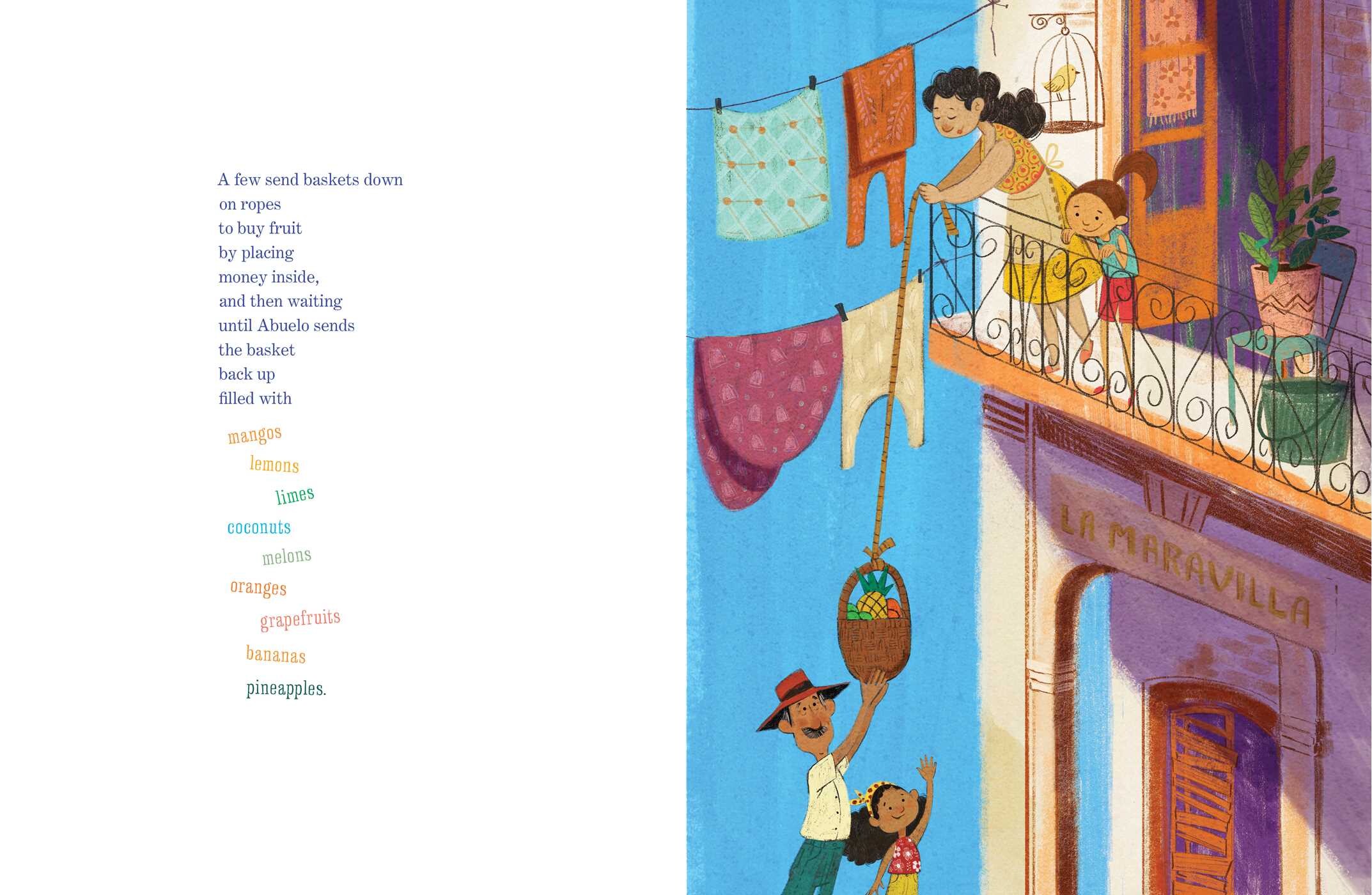
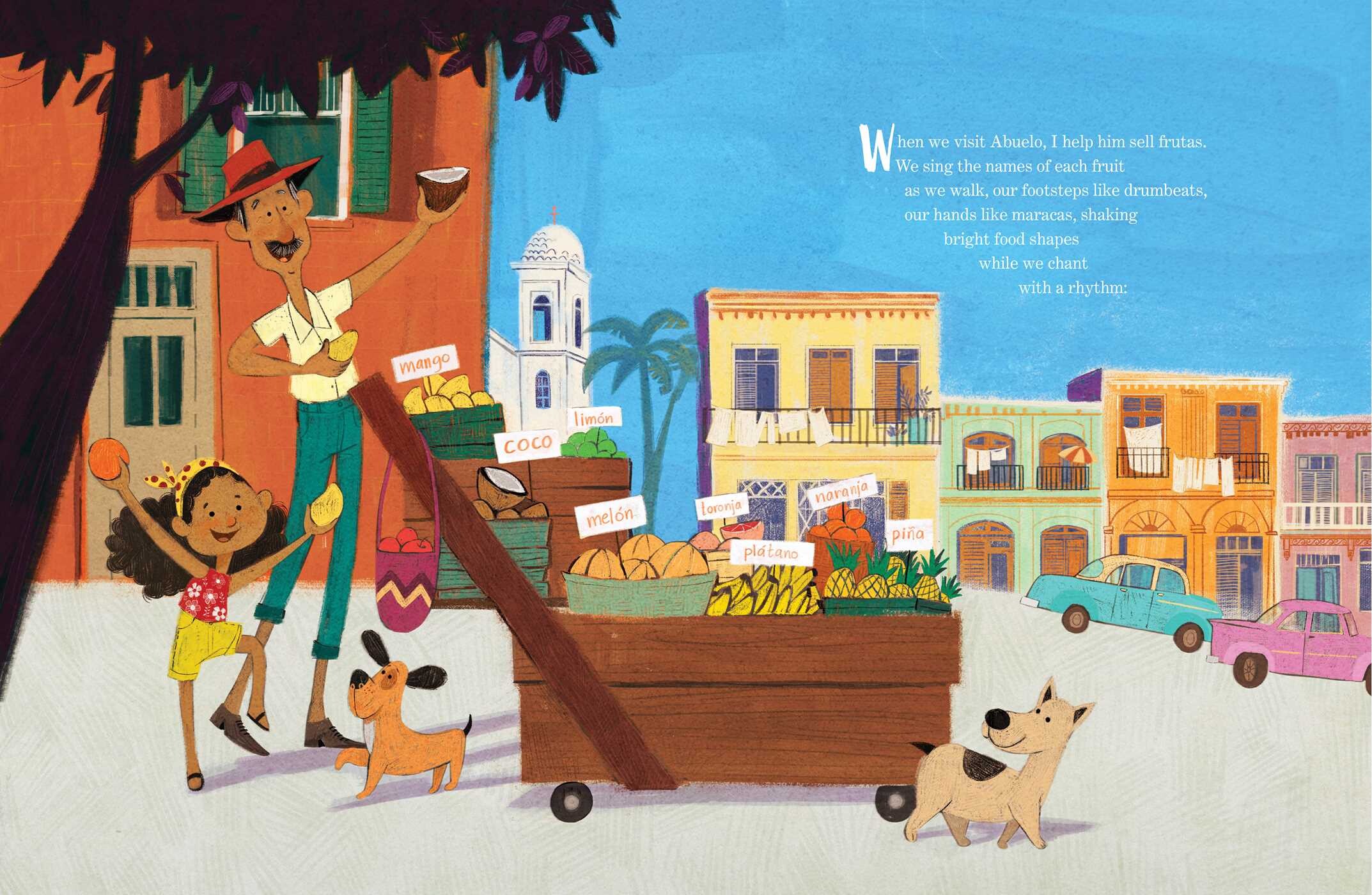
 Edna Cabcabin Moran is an author/illustrator, multi-disciplined artist, educator, and advocate for youth voices and diversity in publishing. She is also a dancer with acclaimed hālau hula and dance company,
Edna Cabcabin Moran is an author/illustrator, multi-disciplined artist, educator, and advocate for youth voices and diversity in publishing. She is also a dancer with acclaimed hālau hula and dance company, 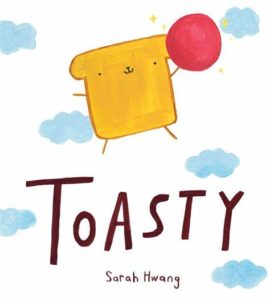

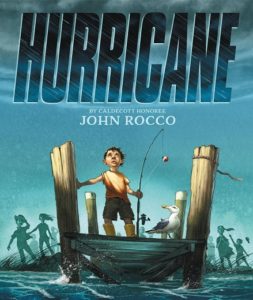
 David C. Gardner is an award-winning illustrator and visual development artist. A former artist for Walt Disney Animation Studios, he has illustrated numerous picture books, including his latest from Sleeping Bear Press,
David C. Gardner is an award-winning illustrator and visual development artist. A former artist for Walt Disney Animation Studios, he has illustrated numerous picture books, including his latest from Sleeping Bear Press, 